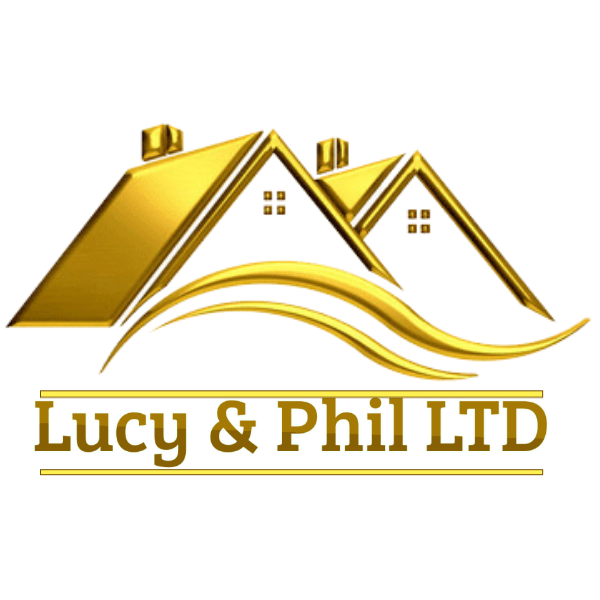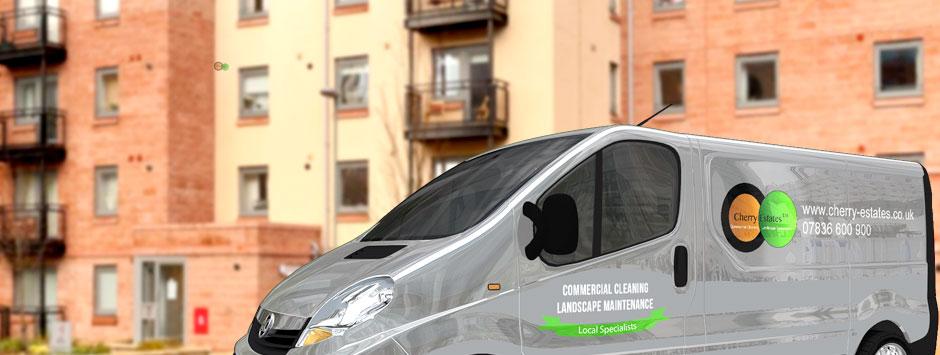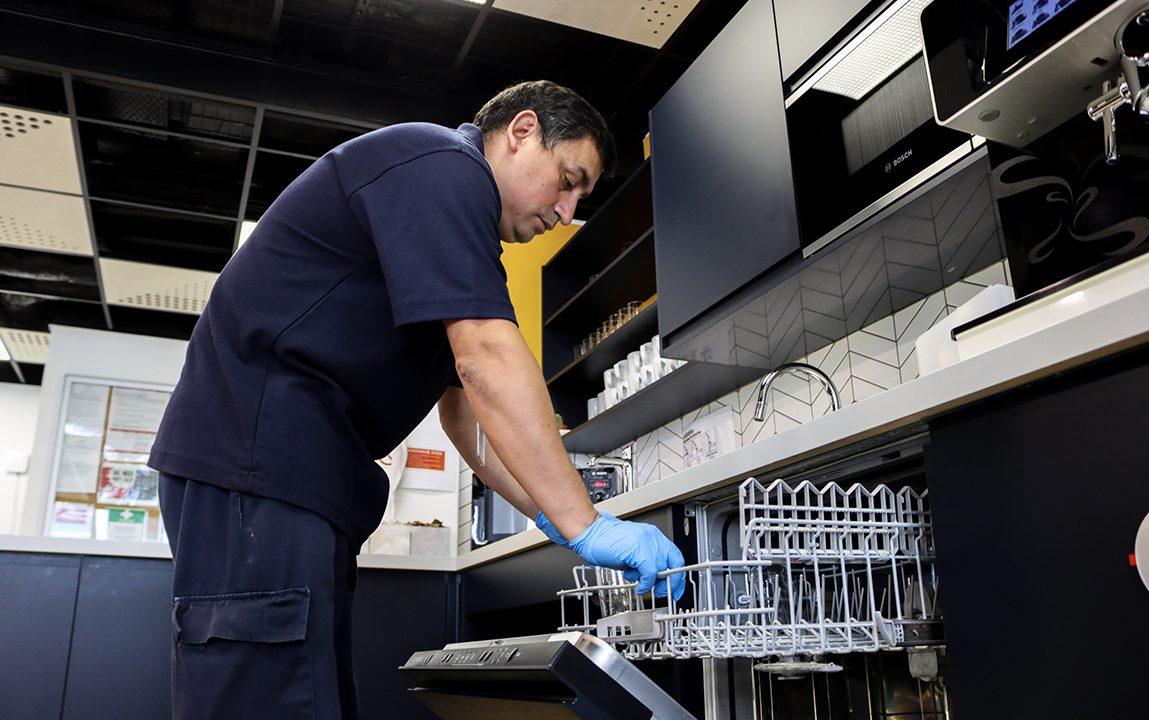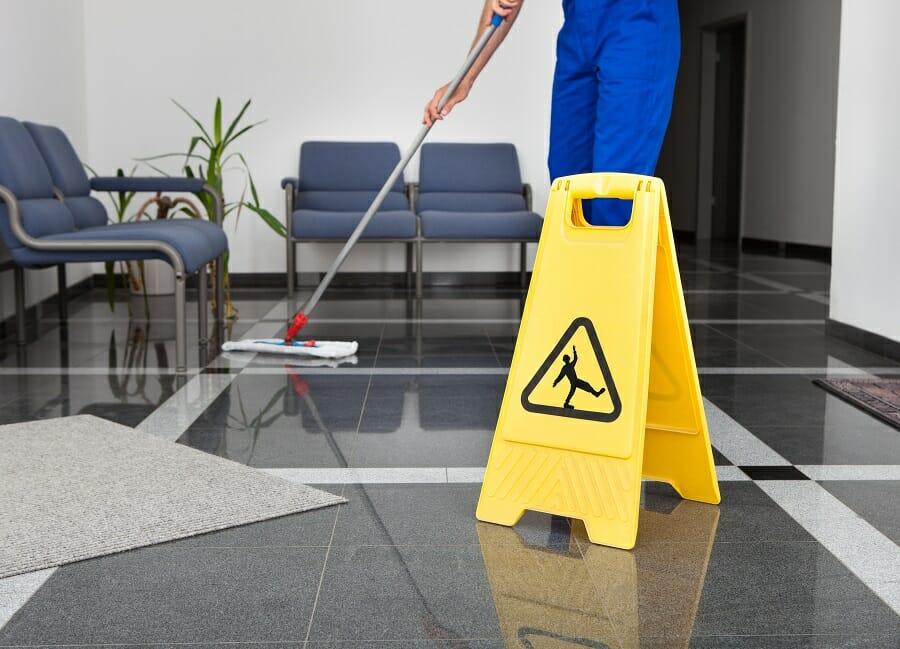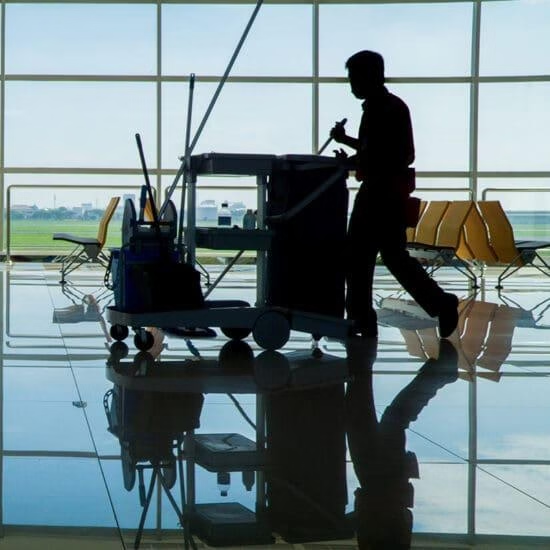
Before the first customer walks in or the last shift clocks off, an unseen routine keeps the nation’s workplaces usable. Commercial cleaning services in the UK sit at that junction of health, safety, and brand perception, shaping how offices, shops, clinics, schools, warehouses, and hospitality venues look and function every day. What was once a back‑of‑house task now intersects with regulation, technology, and expectations shaped by public health awareness.
This landscape is broad and specialised: daily office cleans, periodic deep cleans, clinical sanitation, kitchen and food-safe procedures, washroom hygiene, window and façade work, floor care, and reactive services. It is also highly governed. From COSHH compliance and Health and Safety at Work obligations to sector standards in healthcare and food environments, providers operate within a framework that affects chemicals used, methods applied, and staff training. Procurement models vary-outsourced contracts, in-house teams, bundled facilities management, or on-demand support-each with its own cost drivers, service levels, and KPIs.
The market is evolving. Sustainability demands are accelerating the switch to eco-labelled products and low-energy equipment; robotics and sensors are shifting tasks from routine to data-led; hybrid working is changing schedules and frequency; and labour dynamics are reshaping wages and training. This article explores how these forces define commercial cleaning in the UK today, and what organisations should know when selecting, managing, or benchmarking services.
Table of Contents
- Mapping the UK commercial cleaning landscape from regional coverage to sector specialisms
- Compliance made practical COSHH TUPE waste transfer and on site risk assessments
- Budgeting with confidence pricing models SLAs KPIs and quarterly quality audits
- Selecting a provider a vetting checklist with site survey questions scheduling recommendations and sustainability criteria
- Wrapping Up
Mapping the UK commercial cleaning landscape from regional coverage to sector specialisms
Across the country, service models range from national networks with mobile rapid-response pods to region-first specialists rooted in local labour markets. Urban cores prioritise short SLAs, lift/void clearance and overnight window cleaning, while rural and coastal routes hinge on efficient routing and seasonal resourcing. Devolved-nation frameworks, procurement portals, and standards-think BICSc training, CHAS/SafeContractor, ISO 9001/14001-shape delivery, alongside expectations for sustainability metrics and audited waste streams. The upshot: winning coverage blends scale for resilience with locality for nuance-rapid call-outs in dense hubs, planned runs where distance dictates cost, and specialist crews for heritage, transport and energy assets.
| Region | Coverage model | Typical SLA | Notable demand |
|---|---|---|---|
| London & South East | National hubs + rapid pods | 2-4h call-out | High-rise, transport, premium offices |
| Midlands & North England | Regional fleets | Night-shift cover | Manufacturing, warehousing |
| Scotland | Hybrid city-rural routes | Planned weekly runs | Energy, ports, education estates |
| Wales & South West | Seasonal teams | Flexible weekends | Tourism, heritage sites |
| Northern Ireland | Cross‑border capable crews | Same/next‑day urban | Retail parks, public sector |
Sector expertise is the differentiator: compliance-led routines for healthcare, audit-ready regimes for food and pharma, and low-disruption models for education, retail and offices. Buyers often benchmark on certifications and evidence-DBS or BPSS vetting where applicable, HACCP/BRCGS for food sites, NHS cleanliness standards for clinical spaces, and ISO 14644 for cleanrooms-alongside chemical safety, consumable stewardship, and measurable carbon reductions.
- Healthcare – Risk-based zoning, ATP testing, traceable disinfection aligned to NHS standards.
- Life sciences & cleanrooms – Controlled environments, gowning protocols, ISO 14644 monitoring.
- Food & beverage – HACCP-led routines, allergen segregation, BRCGS audit support.
- Education – DBS-cleared teams, term-time light touch, deep cleans in breaks.
- Retail & hospitality – Out-of-hours sparkle, high-footfall hygiene, brand-standard presentation.
- Logistics & manufacturing – Shift-aligned cleans, machinery-safe methods, spill response.
- Corporate & tech – Daytime janitors, wellness-focused hygiene, consumables optimisation.
- Heritage & public sector – Conservation-safe methods, security clearance, transparent reporting.
Compliance made practical COSHH TUPE waste transfer and on site risk assessments
Turning obligations into everyday practice means our teams follow clear, traceable steps on every site. Chemicals are handled under COSHH with up‑to‑date safety data, color‑coded tools, and task‑matched dilutions. Site‑specific RAMS translate hazards into actions, while staff changes under TUPE are managed with respectful consultation and like‑for‑like competency mapping. Waste is segregated at the source, secured, and moved with verifiable transfer notes, ensuring the duty of care is visible from the workroom to the licensed carrier. Real‑time checklists, QR‑tagged stations, and timestamped photos make assurance evidence easy to find when you need it.
- COSHH: Live chemical inventory, SDS access, spill kits, and supervised inductions.
- TUPE: Structured onboarding, skills matching, and safeguarded terms with clear comms.
- Waste: Sealed containers, labelled streams, and digital transfer notes for traceability.
- Risk: Dynamic point‑of‑work assessments, RAMS briefings, and permit-to-work alignment.
- Audit: Monthly compliance snapshots and corrective actions tracked to closure.
Clarity comes from ownership. Every document has a custodian, a home, and a refresh date-so inspections are smooth, and operations stay uninterrupted. Below is a quick view of who holds what and how often it’s checked.
| Document/Process | Owner | Location | Refresh |
|---|---|---|---|
| COSHH Assessments | H&S Lead | Safety App | 6 months |
| Site RAMS | Site Supervisor | QR Station | Quarterly |
| TUPE Matrix | HR Partner | Secure HR Portal | Project‑based |
| Induction Records | Training Lead | LMS | On change |
| Waste Transfer Notes | Ops Manager | eLogs | Per uplift |
Budgeting with confidence pricing models SLAs KPIs and quarterly quality audits
Plan spend with clarity by choosing a structure that matches your estate size, risk tolerance, and seasonality. Our transparent options align with UK market norms and can be index‑linked for multi‑year stability, helping you forecast without surprises or shadow costs. See how each approach supports predictability and operational tempo:
| Model | Best For | Billing Rhythm | Cost Predictability |
|---|---|---|---|
| Fixed Monthly Retainer | Stable footfall, multi‑site portfolios | Monthly | High |
| Pay‑as‑you‑Clean (per m²) | Variable occupancy or project spaces | Per visit/area | Medium |
| Outcome‑Based (SLA‑led) | Highly regulated or audited sites | Monthly with credits | High |
| Hybrid + Seasonal Uplift | Retail peaks, universities | Base + peak surcharges | Medium‑High |
- Included as standard: scheduled daily tasks, compliant chemicals (COSHH), equipment maintenance, supervision, and digital time‑and‑attendance.
- Optional add‑ons: out‑of‑hours response, high‑level/glass, bio‑hazard, washroom consumables, waste segregation and reporting.
- Commercial assurances: transparent rate cards, Living Wage alignment on request, TUPE‑ready onboarding, and no hidden mobilisations.
Service commitments are codified through SLAs and measurable KPIs, with quarterly quality audits verifying delivery, identifying trends, and agreeing corrective actions. Typical metrics include response time for reactive cleans, first‑time resolution, QA score (BICSc standard), H&S compliance checks, and customer satisfaction, each tracked via a shared dashboard and reviewed in governance meetings. Quarterly reviews produce a concise improvement plan-task frequencies fine‑tuned to traffic patterns, consumable usage optimised to reduce waste, and labour hours re‑balanced across shifts-so your budget stays lean while standards remain audit‑ready across the UK.
- Sample targets: reactive attendance within 2 hours, QA ≥ 92%, zero RIDDOR incidents, and ≤ 1% missed tasks per period.
- Data cadence: daily logs, weekly trend summaries, and quarterly board‑ready reporting with savings opportunities.
- Continuous improvement: root‑cause analysis, site‑level coaching, and seasonal scopes pre‑approved to prevent overspend.
Selecting a provider a vetting checklist with site survey questions scheduling recommendations and sustainability criteria
Choose partners who prove reliability before they promise sparkle. Ask for verifiable insurances, H&S documentation (RAMS, COSHH), DBS checks where relevant, and clear KPIs/SLAs. Expect transparency on pricing assumptions (periodics, consumables, waste) and a robust mobilisation plan with supervisor ratios, relief cover, and escalation paths. Prioritise providers with UK GDPR data controls, TUPE competence, and sector-specific experience across education, healthcare, retail, and corporate estates. The snapshot below pairs vetting themes with practical site-survey prompts.
| Vetting focus | Ask during site survey | Desired response |
|---|---|---|
| Accreditations | Which ISO and safety schemes are current? | ISO 9001/14001/45001; SafeContractor/CHAS |
| Scope clarity | What rooms, frequencies, and outcomes are included? | Space-by-space matrix with KPI targets |
| Materials & access | Floor types, heights, and security restrictions? | Method statements and trained operatives |
| Compliance | Any CQC/BRC/GxP or food-safe requirements? | Documented compliance plan and evidence |
| Waste & stock | How will recycling and consumables be managed? | Segregation, audits, and usage dashboards |
| Continuity | What’s the plan for absence and surge demand? | Relief pool, on-call rota, and SLAs |
- Quick vetting checklist: Public & employers’ liability limits; CHAS/SafeContractor; in-house training with refreshers; living wage policy; references from similar UK sites; asset register of equipment; digital reporting with photos; environmental policy with targets.
Build your schedule around the building’s heartbeat. Balance daytime presence for touchpoints with out-of-hours tasks for noise and security; zone high-traffic areas for more frequent turns; align periodics to seasonality; and agree an event-triggered playbook (spillages, VIP visits, audits). Tie selection to measurable sustainability outcomes-low-tox chemistry, water/energy efficiency, and cleaner transport-so performance improves people, planet, and budgets in tandem.
- Scheduling tips: Hybrid day/night routines; staggered starts for lift lobbies and washrooms; weekly quality walks with action logs; seasonal floor care blocks; smart dosing and battery charging off-peak; clear service windows per zone; holiday relief calendar.
- Sustainability criteria: Ecolabel formulations and dilution control; microfiber and reusable systems; water-light methods (orbital/encapsulation); electric or low-emission fleet; waste segregation and reporting; repair-first equipment policy; social value commitments and local hiring.
Wrapping Up
In the UK, commercial cleaning is less about mops and more about managed risk, wellbeing, and consistency. From heritage offices to high-spec labs, the best solutions blend standards and scheduling with quiet expertise, so that hygiene, safety, and brand experience become part of the fabric of the day rather than a distraction from it.
Choosing how to resource that work-internally or with a specialist partner-comes down to clarity: on outcomes, accountability, and values. Transparent service levels, verifiable credentials, and a plan for sustainability turn a routine expense into a dependable system that flexes with seasons, audits, and footfall.
Done well, cleaning is almost invisible. What remains is the confidence to open the doors each morning, welcome people in, and get on with the work that matters. In every sector and every region, that’s the quiet benchmark: spaces that work as hard as the people in them.
